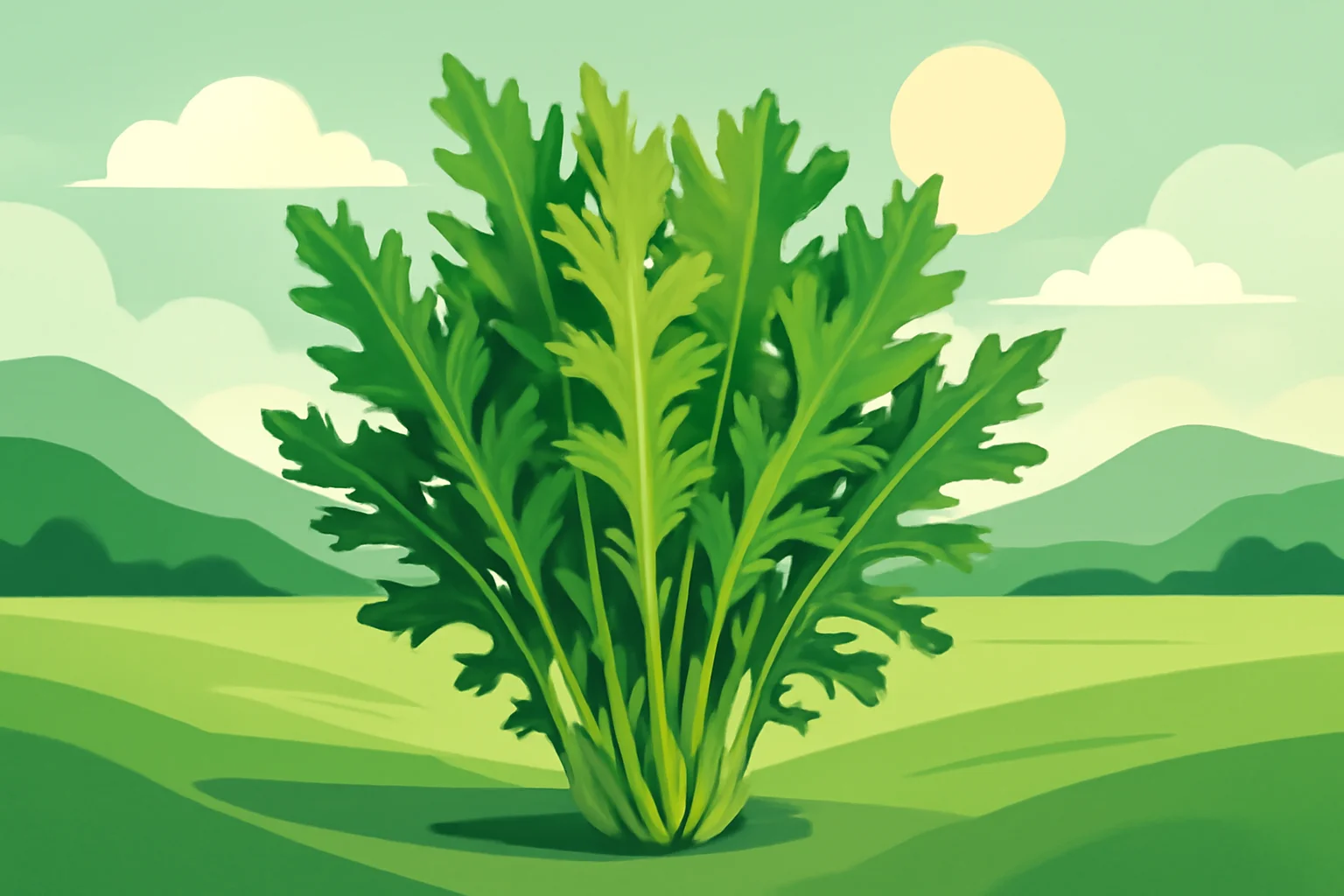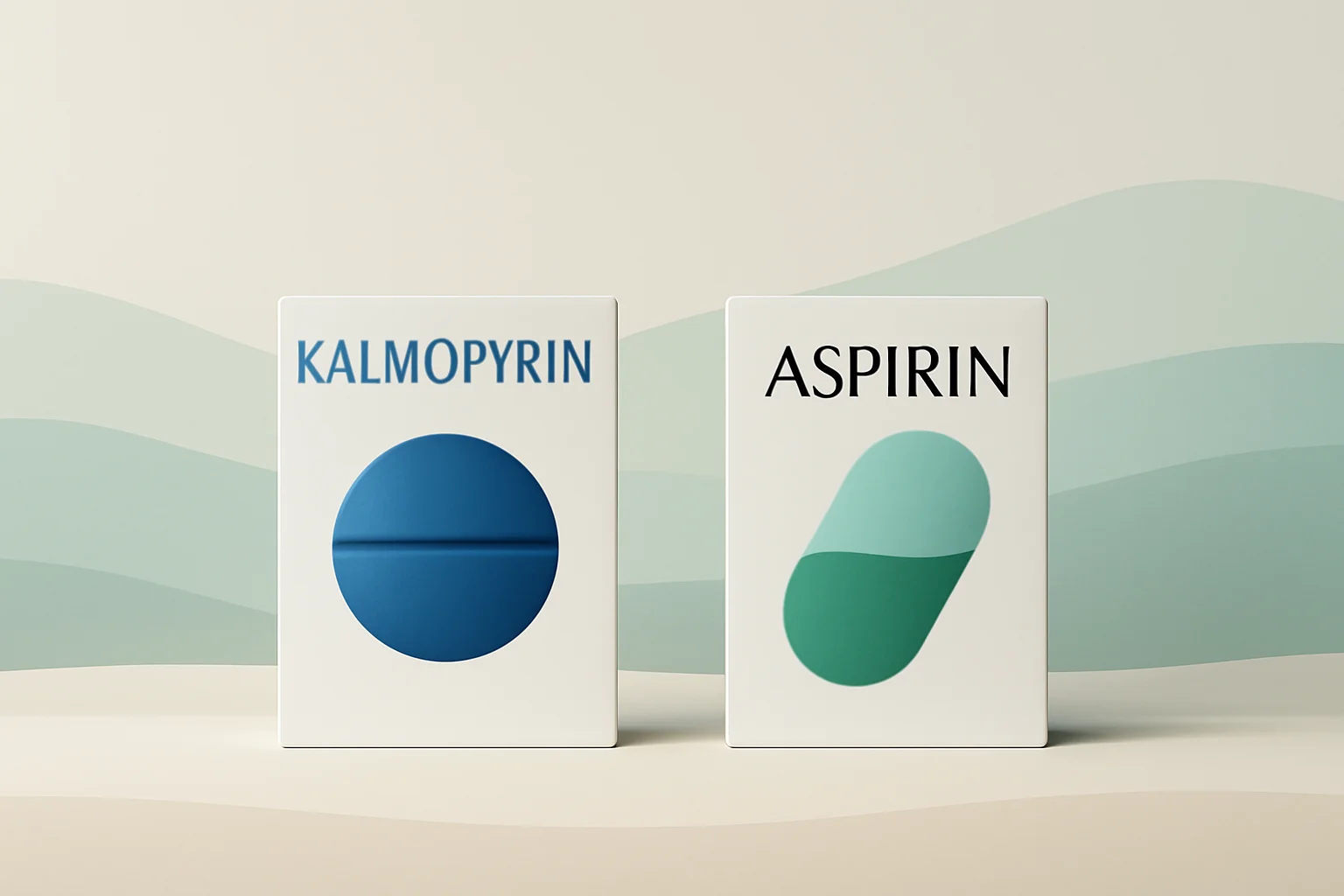
The Beneficial Effects of Mizuna on Our Health and Diet
Mizuna is a special leafy green vegetable that belongs to the cruciferous family. Originally from Japan, it has become popular worldwide, especially in health-conscious diets. Mizuna leaves have a delicate, slightly peppery flavor and can be used in a variety of dishes, salads, and sandwiches. Superfoods are playing an increasingly important role in modern nutrition, and mizuna is one of them, as it is packed with vitamins, minerals, and antioxidants. Among vegetables, it stands out for its nutrient content, which positively affects human health. Mizuna is not only nutritious but also low in calories, making it an ideal choice for those on a diet. By consuming fresh vegetables, our kitchens become tastier while we can also gain numerous health benefits by incorporating them into our daily diet.
Nutritional Content and Health Benefits of Mizuna
Mizuna is rich in nutrients, making it particularly appealing to dieters and those striving for healthy eating. Its high vitamin C content contributes to strengthening the immune system and helps prevent colds and flu. Additionally, vitamin C has antioxidant properties, which help protect cells from the harmful effects of free radicals. Mizuna also contains vitamin A, which is essential for vision, skin health, and cell regeneration.
The minerals found in mizuna, such as calcium, iron, and magnesium, also contribute to proper bone and muscle function. Calcium is particularly important for maintaining bone health, while iron is essential for blood formation. Magnesium helps reduce stress and maintain proper nervous system function.
When incorporated into our diet, mizuna can also have beneficial effects on the cardiovascular system. The antioxidants and anti-inflammatory compounds it contains may help reduce the risk of heart disease. Mizuna is a low-calorie vegetable, making it an ideal choice for those looking to maintain or lose weight.
It’s also worth mentioning the digestive benefits of mizuna. Its high fiber content can help maintain gut health, thus contributing to regular bowel movements. Fiber also helps maintain a feeling of fullness, which can reduce cravings between meals.
How to Use Mizuna in the Kitchen?
Mizuna is a versatile vegetable that can be used in many ways in the kitchen. It can appear in fresh salads, sandwiches, soups, or even as a side dish. The most common use is in salads, where mizuna leaves can be mixed with other vegetables such as tomatoes, cucumbers, or avocados. The mild spiciness of mizuna adds a unique flavor to salads, so it’s worth experimenting with different dressings.
Mizuna can be consumed not only raw but also cooked. It can be steamed or stir-fried to create a delicious dish. When cooking, it’s important not to overcook it, as this can reduce the nutrient content. Instead, steam it for a short time to preserve the vegetable’s vibrant color and flavor.
Another great way to use mizuna is by adding it to various soups. By incorporating it into vegetable or noodle soups, we can make the dish not only tastier but also more nutritious. Add the mizuna leaves at the end of cooking to maintain their freshness and nutrients.
If you’re looking for a unique flavor experience, try mizuna in risottos or pasta dishes. When mixed into risotto, it adds a creamy texture, while in pasta dishes, it adds color to the meals. Mizuna pairs well with various spices, so feel free to combine it with garlic, ginger, or chili peppers.
Growing Mizuna at Home
Growing mizuna is relatively easy and can be done at home, providing fresh vegetables for our kitchen. Mizuna grows quickly and can be cultivated in pots or in the garden. Choose a sunny spot for planting, where the plant receives at least 4-6 hours of direct sunlight daily.
The soil should be nutrient-rich and well-draining. Mizuna is propagated from seeds, which can be sown in spring or fall. Plant the seeds 1-2 centimeters deep and keep them moist. The first shoots usually appear within 7-14 days.
Mizuna requires regular watering, especially during the warmer months. Ensure that the soil does not dry out, but avoid overwatering, as this can cause root rot. The first leaves can typically be harvested after 4-6 weeks, after which we can continuously harvest fresh vegetables.
Mizuna is resistant to pests, but it’s best to carefully monitor the plants to avoid infestations. Using natural methods for pest control, such as planting insect-repelling plants, can help keep pests at bay.
Growing mizuna is not only healthy but also a fun activity that brings us closer to fresh vegetables and organic gardening. By growing it at home, we can always be sure that we are consuming fresh and chemical-free vegetables.
It is important to note that while consuming mizuna can have numerous health benefits, it does not replace medical advice. In case of health issues, always follow your doctor’s advice.

